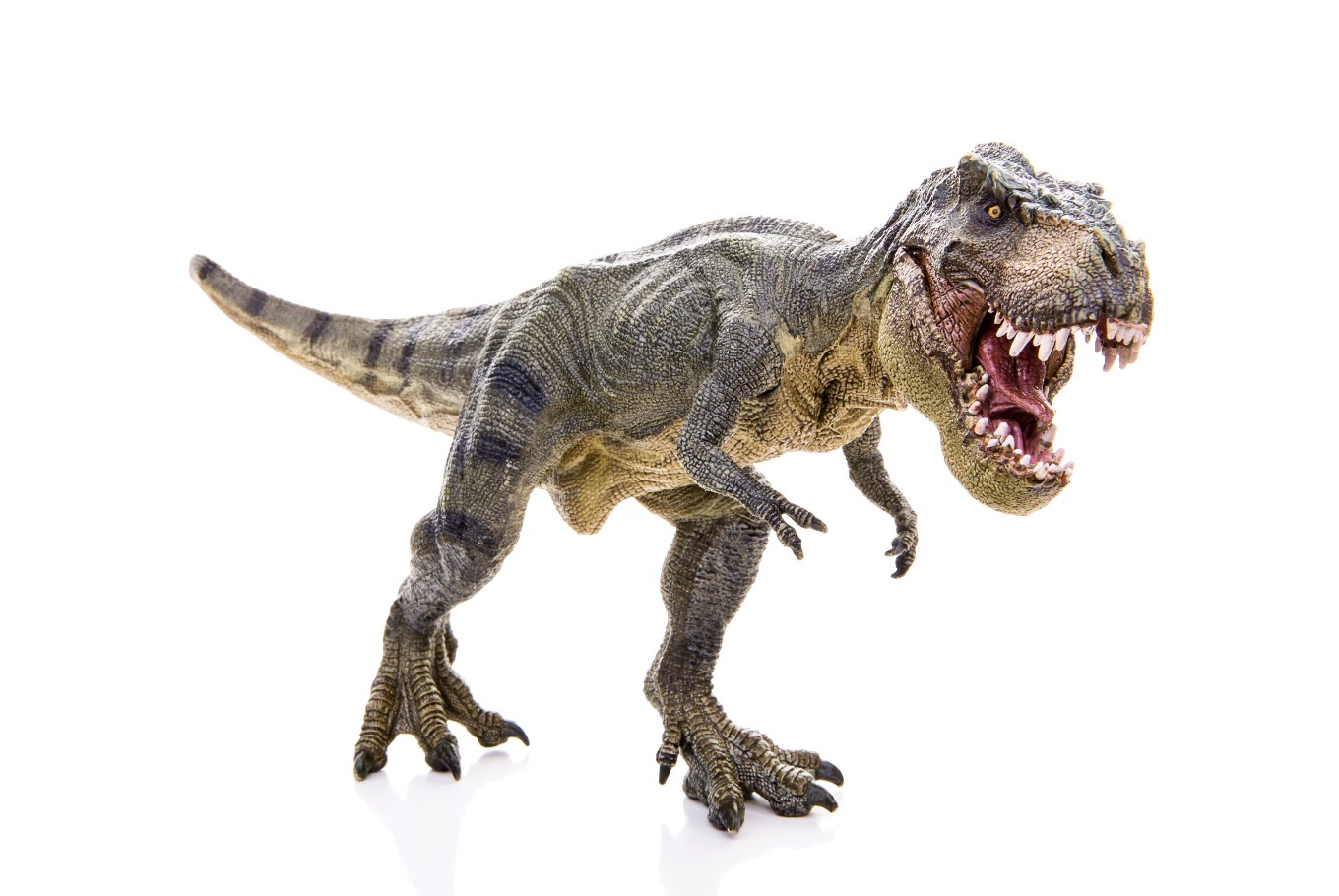Popular Reads
Top Results
Can't find what you're looking for?
View all search resultsPopular Reads
Top Results
Can't find what you're looking for?
View all search resultsT-Rex’s short arms were actually vicious weapons, new study suggests
Change text size
Gift Premium Articles
to Anyone
 Contrary to the public perception, the T-Rex’s stubby arms were actually among his ruthless weapons, according to one expert paleontologist.
(Shutterstock/File)
Contrary to the public perception, the T-Rex’s stubby arms were actually among his ruthless weapons, according to one expert paleontologist.
(Shutterstock/File)
A
s vicious as an apex predator the Tyrannosaurus Rex (T-Rex) was, the creature has been getting flak online for its seemingly unimpressive and stunted arms.
But contrary to the public perception, the T-Rex’s stubby arms were actually among his ruthless weapons, according to one expert paleontologist.
Earlier studies suggested that its small upper limbs were either used to grasp struggling prey, help resting dinosaurs push themselves up from the ground, or grip tight to mates during sex.
However, Dr. Steven Stanley from the University of Hawaii in Manoa believes the short arms were used for “vicious slashing” at close quarters.
“Its short, strong forelimbs and large claws would have permitted T. rex, whether mounted on a victim’s back or grasping it with its jaws, to inflict four gashes a meter (three feet) or more long and several centimeters (more than an inch) deep within a few seconds,” Stanley wrote in his study, as relayed by The National Geographic.
Read also: 'Missing link' bolsters bold theory on dino evolution
He added that the beast certainly made use of the four-inch-long claws to inflict deep wounds on its unfortunate prey, which could have been repeated “multiple times in rapid succession.”
Furthermore, Dr. Stanley noted that the T-Rex possessed an unusual quasi-ball-and-socket joint, which would have been ideal for slashing since it could move in several directions.
He also noted that the creature’s ancestors most likely had longer limbs, but evolved to support the massive weight of the rest of its upper body.
“No longer being selected for, the arms were selected against: the expansion of the head deprived them of nutrition in a zero-sum game,” said Stanley. “Then, as the arms approached their final size, natural selection kicked in opportunistically and put them to good use for slashing at close quarters.”
He added: “It might be that the arms were actually more functional in young T. rex, and became reduced in function as it became older,” he explained.
“The strike zone would be proportionately larger in a young T. rex – and going after smaller prey would mean the force required to kill the victim would be less."
This article appeared on the Philippine Daily Inquirer newspaper website, which is a member of Asia News Network and a media partner of The Jakarta Post









